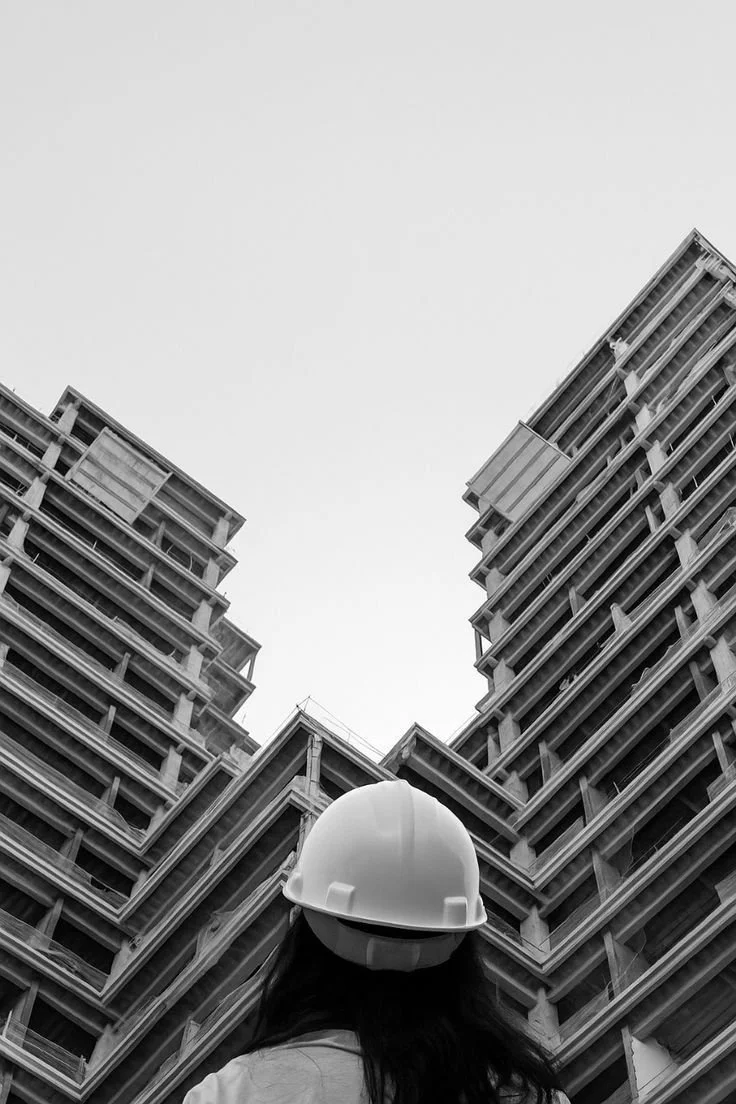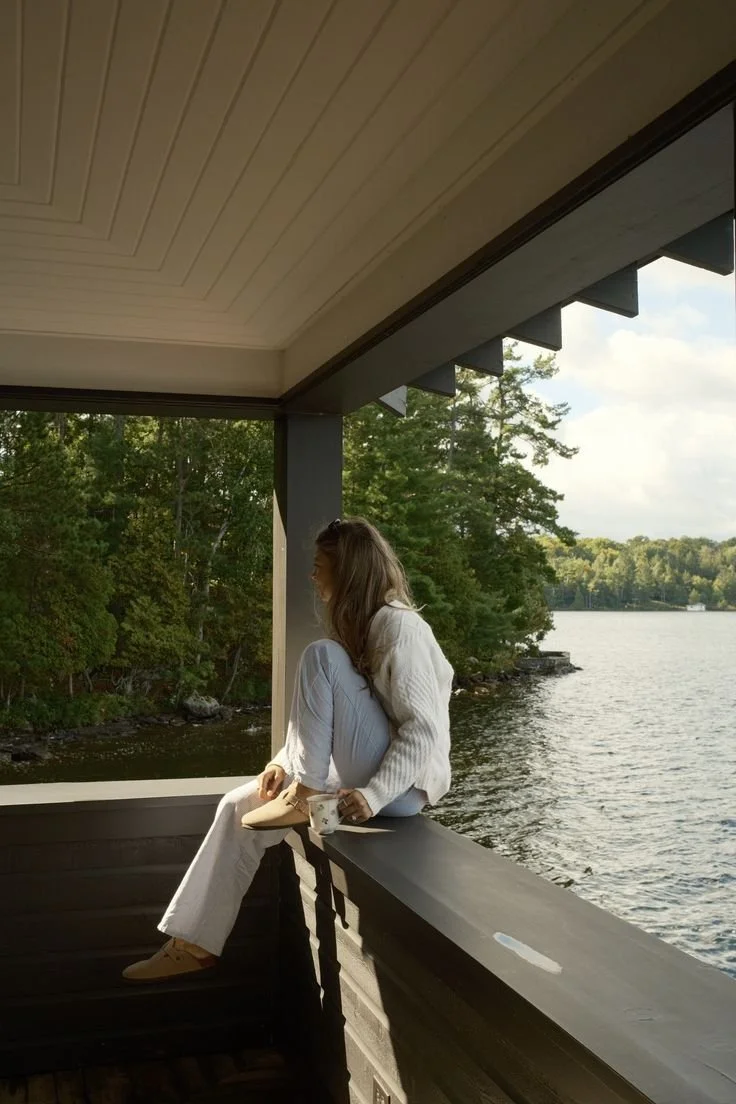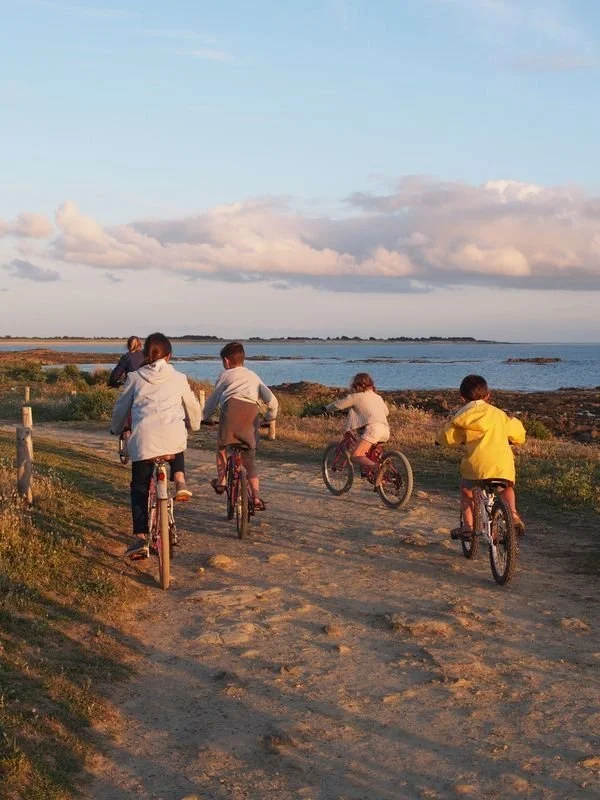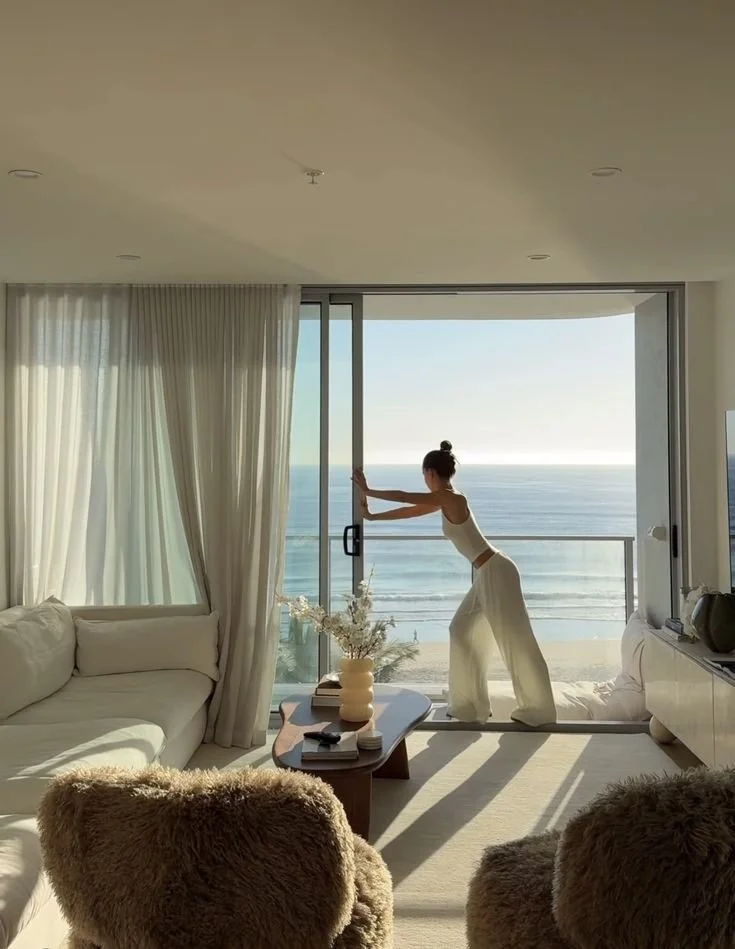In the world of real estate investing, cash flow is king. Yet even the most seasoned investors can face challenges when rental income fails to cover property expenses. These early-stage financial gaps—commonly known as rent shortfalls—can disrupt your investment strategy, limit liquidity, and create unnecessary stress. Whether caused by vacancies, delayed payments, or underpricing, these shortfalls can erode profitability if not addressed with foresight and precision.
In this article, we’ll explore the most common causes of rent shortfalls, how they impact your cash flow, and what proactive strategies you can implement to mitigate their effects. From establishing reserves to leveraging professional property management, you’ll gain practical insights to help you stabilize income and protect your investment from the financial strain of early rental gaps.
No. 1
What Are Rent Shortfalls?
A rent shortfall occurs when your rental income falls short of covering the essential property expenses—such as mortgage payments, taxes, insurance, and maintenance. These shortfalls are especially common during the initial stages of a tenancy or when transitioning between tenants.
Whether due to vacancies, late rent payments, or below-market pricing, these disruptions can leave landlords without the necessary cash flow to meet financial obligations. In such cases, investors must rely on cash reserves to bridge the gap and maintain financial stability until rental income resumes.
No. 2
Common Causes of Early Rent Shortfalls
1. Vacancy Periods
Short-term vacancies between tenants are one of the most frequent causes of rent shortfalls. Even a 30-day vacancy can significantly reduce your annual profit margin, especially when fixed costs—like mortgage payments, property taxes, and utilities—continue to accrue. In this case, an effective outline should balance practical financial guidance with realistic expectations, including upfront costs when renting.
Key impacts of vacancy periods:
Loss of gross rental income
Continued fixed property expenses
Increased pressure on reserves
Reduced annual ROI
To mitigate these effects, investors should plan for vacancy periods by maintaining a financial buffer and implementing efficient tenant turnover processes.
2. Below-Market Pricing to Attract Tenants
Setting rental rates below market value may seem like a quick fix to reduce vacancies, but it often leads to long-term financial strain. While this strategy may attract a larger pool of applicants, it can result in:
Reduced revenue that fails to cover expenses
Difficulty raising rent later to match market rates
Increased tenant turnover, especially from short-term renters
Although this approach may fill units quickly, it can undervalue your property and hinder long-term profitability. A better strategy is to balance competitive pricing with sustainable income goals.
3. Delayed Rent Payments
Late rent payments can severely impact cash flow, particularly at the beginning of a lease. Tenants may face financial hardship due to:
Job loss or reduced income
Payroll delays or banking issues
Unexpected medical or personal expenses
These delays result in interrupted cash flow, forcing landlords to cover expenses out-of-pocket. To address this, along with how to handle partial rent payments from tenants, landlords can:
Enforce late fees as outlined in the lease
Send timely reminders of payment terms
Offer flexible payment plans in certain situations
Being proactive and maintaining open communication with tenants can help reduce the frequency and impact of late payments.
Bedrosians
Elevate your kitchen's style with Bedrosians' stunning backsplash designs—where function meets flawless beauty.
No. 3
The Role of Property Management in Cash Flow Stability
Professional property management plays a critical role in maintaining consistent cash flow and minimizing rent shortfalls.
A skilled property manager brings expertise in:
Tenant screening to ensure reliable renters
Accurate pricing to maximize rental income
Efficient marketing to reduce vacancy periods
Automated rent collection for timely payments
Expense tracking and cost-saving strategies
By leveraging property management services, landlords can streamline operations and reduce the risk of financial disruptions.
Additional Benefits of Property Management:
Virtual tours and rental incentives to attract tenants faster
Negotiation of vendor contracts to lower operational costs
Real-time financial reporting for better forecasting
Routine audits to uncover inefficiencies
Maximized tax deductions to increase net income
These services not only protect your cash flow but also allow your portfolio to grow with minimal owner involvement.
No. 4
Strategies to Mitigate Rent Shortfalls
To protect your investment from the financial impact of rent gaps, consider implementing the following strategies:
Establish Cash Reserves
Maintain a reserve fund to cover at least 3–6 months of property expenses. This buffer can help you weather vacancies or unexpected costs without disrupting your cash flow.
Set Realistic Rent Prices
Price your units based on current market trends while ensuring they cover all operating expenses. Avoid underpricing just to fill vacancies quickly.
Screen Tenants Thoroughly
Use background checks, credit reports, and employment verification to select tenants who are likely to pay rent on time and stay long-term.
Automate Rent Collection
Use property management software or services that offer online rent payments, automatic reminders, and tracking to reduce late payments.
Plan for Turnover
Factor in vacancy periods and turnover costs when budgeting. A well-prepared transition plan can reduce downtime between tenants.
Takeaways
Maintaining a profitable rental property requires more than just collecting rent—it demands strategic planning, financial discipline, and proactive management. Rent shortfalls, especially in the early stages of tenancy, can disrupt your cash flow and threaten the long-term viability of your investment. However, with the right approach, these challenges can be anticipated and effectively managed.
In this article, we’ve identified the most common causes of rental income gaps and outlined actionable strategies to protect your cash flow. From establishing reserves to leveraging the expertise of property managers, these steps can help you navigate early financial hurdles and build a resilient, income-generating portfolio.
Whether you're a seasoned investor or just starting out, remember: consistent cash flow is the foundation of real estate success. With vigilance, adaptability, and a sound financial strategy, you can overcome rent shortfalls and achieve long-term growth and stability in your rental business.
Looking for Business resources?
Are you seeking ways to elevate your business to new heights? Dive into the array of resources provided by our esteemed business partners designed to empower your ventures.

































































































